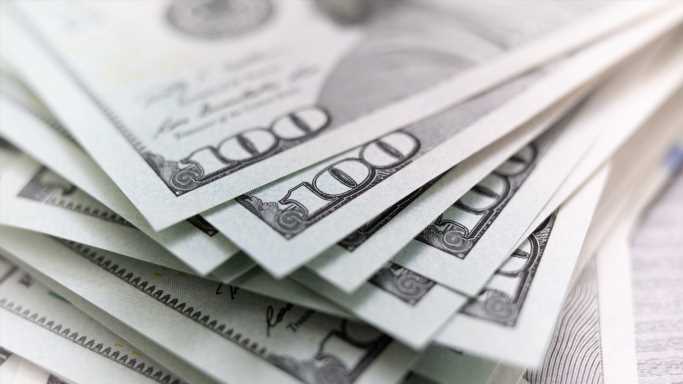Did Federal Coronavirus Stimulus Checks Offer Massive Amount of Extra Cash to Households?
Congress approved several federal coronavirus stimulus checks during the COVID-19 pandemic. These stimulus checks helped millions of people across the country, and there are several data points that prove this. Still, there are many who argued that the federal government didn’t do enough to help Americans. Recent data from the Federal Reserve, however, suggests otherwise.
Federal Coronavirus Stimulus Checks And Wealth Creation
Data from the Federal Reserve shows a drastic rise in the aggregate amount of cash that Americans have on hand. According to the Federal Reserve, American households collectively had about $1 trillion of cash or cash equivalent in their accounts in the fourth quarter of 2019.
However, as of the second quarter of 2022, the aggregate balance in the accounts rose to $4.7 trillion, per the data from the Federal Reserve. This increase in wealth is the highest in more than seven decades of collected data.
Many attribute this drastic surge in checking account balances to federal coronavirus stimulus checks. There is another piece of data to back up this belief.
As per the data from the U.S. Bureau of Economic Analysis, the savings rate in the country jumped to 17% in 2020. It was the highest personal savings rate since 1944 when people saved about 28% of their income during World War II.
It must be noted that the federal coronavirus stimulus checks added up to around $1.5 trillion. However, the fact that the balance in bank accounts grew much more than that suggests that people used the money smartly, such as investing in assets that offered them attractive returns.
Apart from wise investing, the increase in wealth could also be attributed to stimulus benefits at the state level. Since the COVID-19 pandemic, many states have come up with one or more of such benefits. Some states are still continuing to send stimulus money in one form or another.
Did The Federal Government Give Out Too Much Money?
The federal government approved three rounds of stimulus checks since the COVID-19 pandemic. The first round of $1,200 was approved in March 2020 under the CARES Act, the second round of $600 in December 2020 under the Coronavirus Relief Act, and the third round of $1,400 was approved in March 2021 under the American Rescue Plan Act.
Many argue that the federal coronavirus stimulus checks could have been more targeted. As per an estimate, about 9% of taxpayers received the stimulus money whether they needed it or not.
There are arguments that the number of people actually spending the stimulus money dropped as more stimulus money was approved. Americans largely used the first stimulus check toward household spending, while the later checks were typically used to pay down debt or put in savings. Such a trend was visible across all income levels.
Many also believe that too much money handed out is also responsible for the current record high inflation rate.
This article originally appeared on ValueWalk
Sponsored: Tips for Investing
A financial advisor can help you understand the advantages and disadvantages of investment properties. Finding a qualified financial advisor doesn’t have to be hard. SmartAsset’s free tool matches you with up to three financial advisors who serve your area, and you can interview your advisor matches at no cost to decide which one is right for you. If you’re ready to find an advisor who can help you achieve your financial goals, get started now.
Investing in real estate can diversify your portfolio. But expanding your horizons may add additional costs. If you’re an investor looking to minimize expenses, consider checking out online brokerages. They often offer low investment fees, helping you maximize your profit.
Source: Read Full Article



